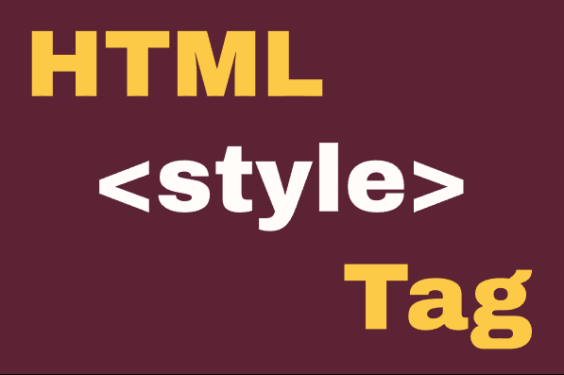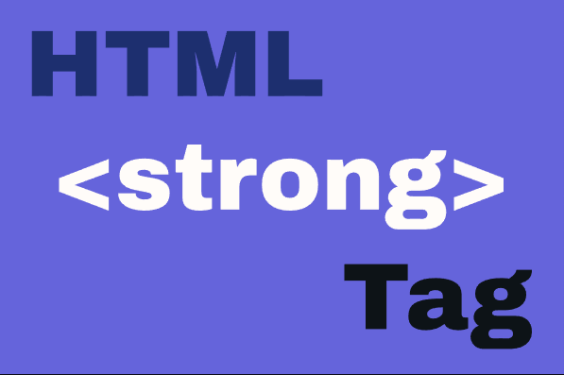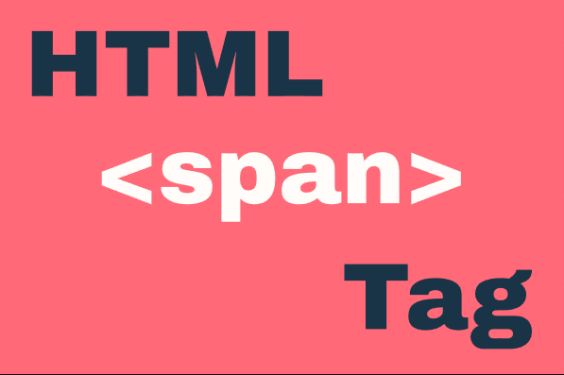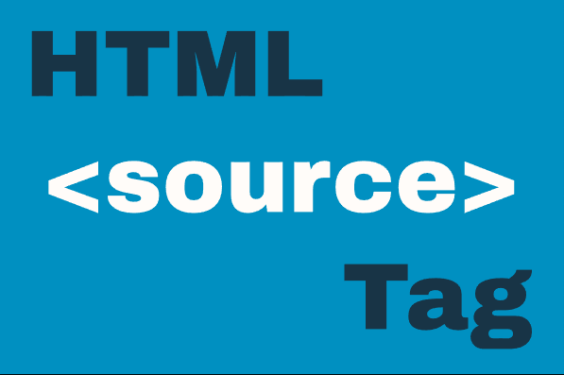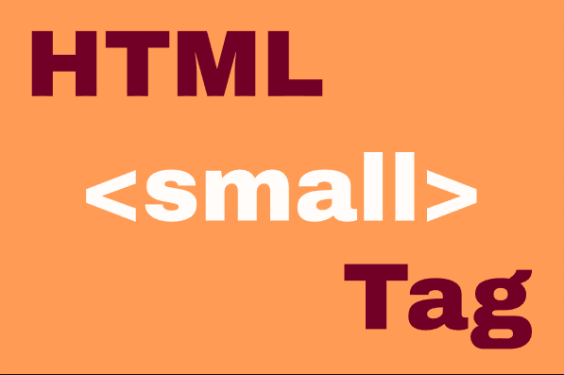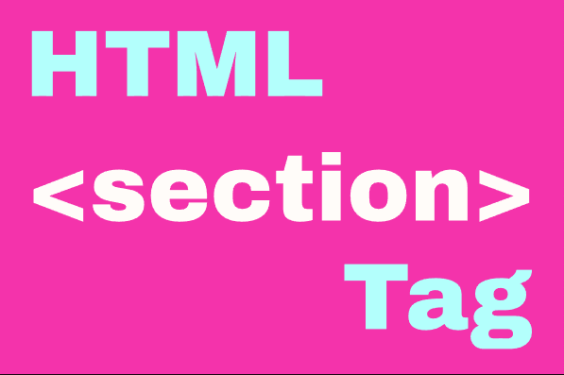HTML <link> Element
Publish in HTML Tutorial el 24/05/2025 16:36
The <link> HTML element specifies relationships between the current document and external resources. This element is most commonly used to link to stylesheets, but is also used to establish site icons (favicons) and other relationships between documents.
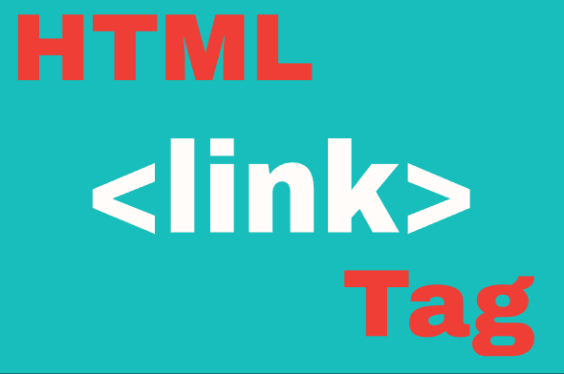
Key attributes of <link>:
- href: Specifies the location of the linked resource
- rel: Defines the relationship between documents
- type: Indicates the MIME type of the linked resource
- media: Specifies which media/device the resource is optimized for
Basic Syntax
Here's how a basic <link> element looks in HTML:
Examples of <link> Usage
1. Linking a CSS Stylesheet
The most common use of <link> is to connect an external CSS file to your HTML document.
2. Adding a Favicon
The <link> element is used to specify favicons for your website.
3. Preloading Resources
You can use <link> with rel="preload" to tell the browser to start loading critical resources early.
4. JavaScript-Enabled Stylesheet Switching
This example shows how to use JavaScript with <link> to switch between stylesheets.
How does it work?
- Bootstrap 5.3+ includes support for dark mode using data-bs-theme="dark" or "light" in the <html>
- The button calls switchTheme(), which simply toggles that attribute.
- All components (buttons, cards, etc.) automatically change their appearance without reloading CSS.
5. Dynamic Resource Loading with JavaScript
This example demonstrates how to dynamically load a CSS file using JavaScript.
Tips and Tricks
- Performance Tip: Place <link> elements in the <head> to allow browsers to discover and load resources early.
- Multiple Icons: You can provide multiple favicon sizes for different devices by using multiple <link> elements with different sizes.
- DNS Prefetch: Use
<link rel="dns-prefetch" href="//domain.com">to perform DNS lookups for external domains in advance. - Media Queries: The
mediaattribute allows you to load different stylesheets for different devices or screen sizes. - Crossorigin: When loading fonts from CDNs, use
crossorigin="anonymous"to ensure proper CORS handling.
Browser Support
The <link> element is supported by all browsers, though some relationship types (like preload) may have varying support in older browsers.
